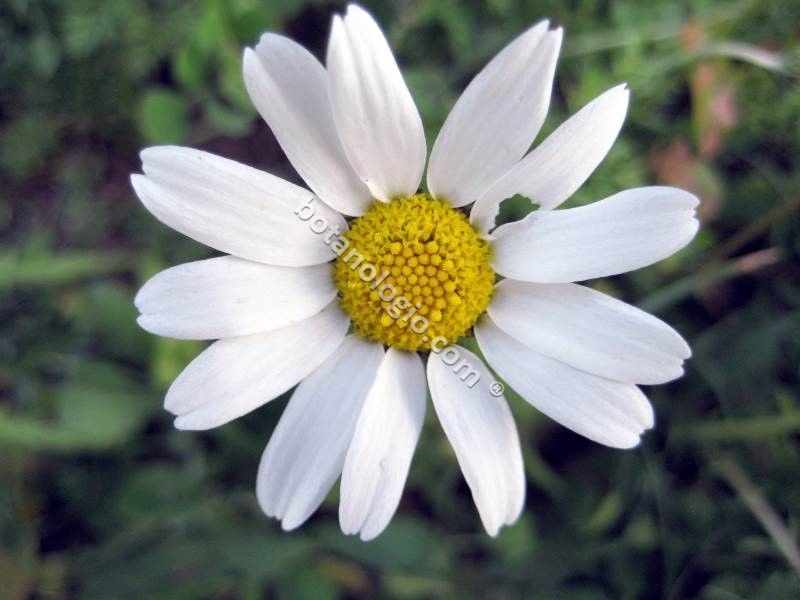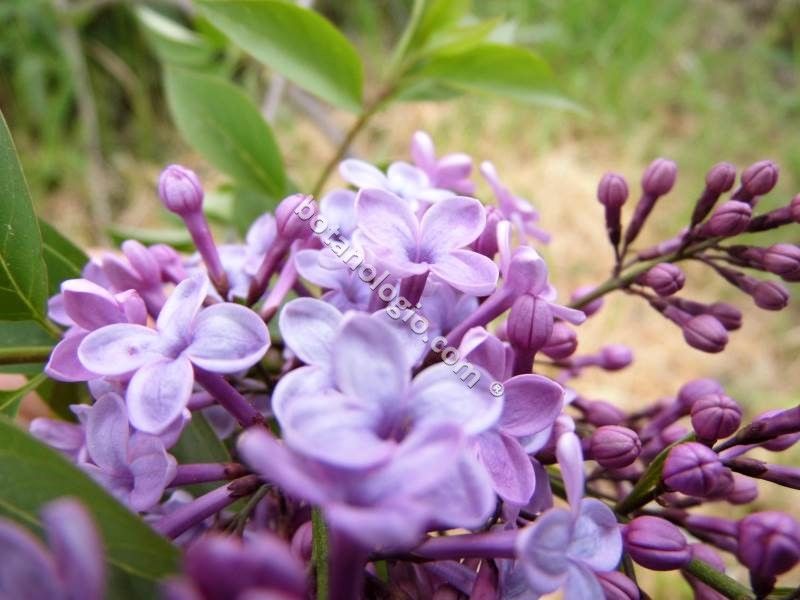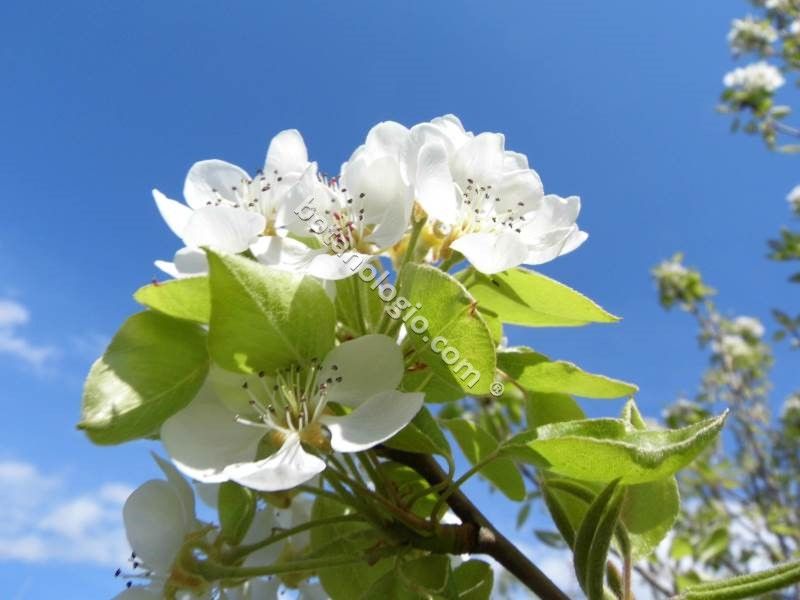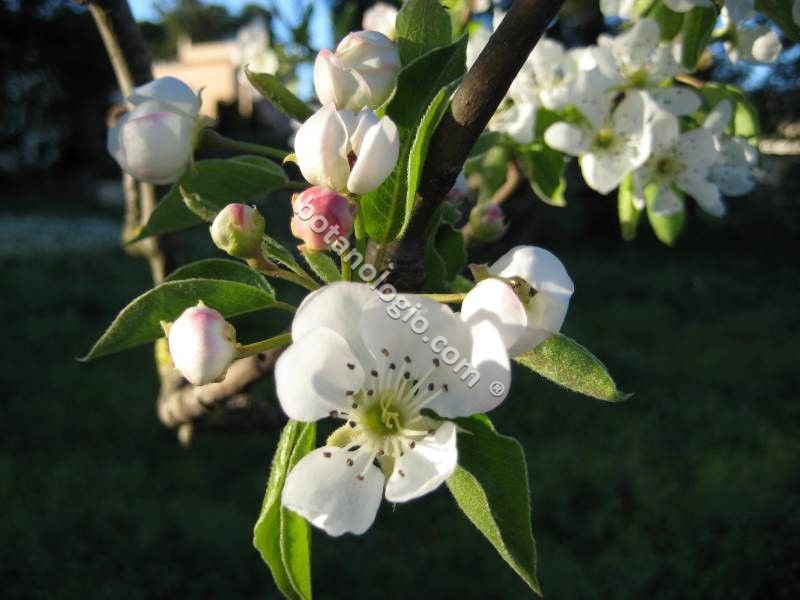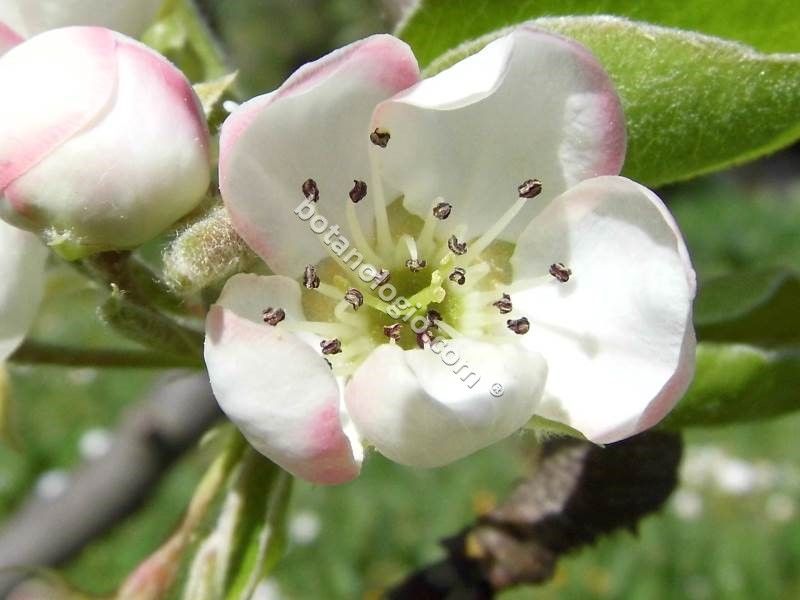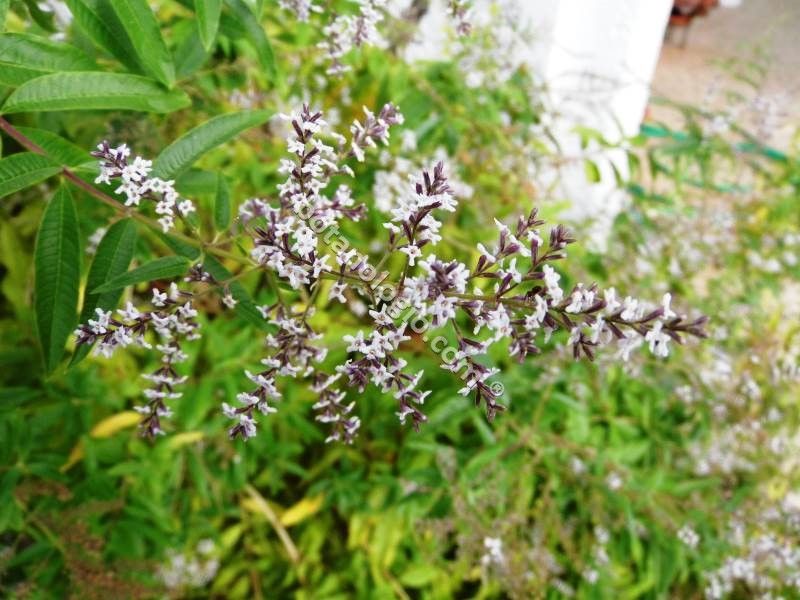Chives Nutrients & Cultivation

Chive is a perennial herb belonging to the same family as onion and garlic. Its resilience to drought and a wide variety of soil make chives a plant easy to cultivate, while it’s a herb that loves the sun.
Cultivation
The proliferation of chives begins in the spring by separating the bulbs of existing chives or by planting seeds at the beginning of spring. The seed will germinate and will be ready for transplant within 1.5 month! Chives are not difficult to multiply, and can easily fill a whole flower bed if there is no control! Prefer sunny flower beds with good drainage and Ph neutral for a successful crop.
Useful parts
Its flowers, which you will see in the middle of summer, are pink, while its leaves resemble onion, but are much thinner and less aromatic. You can collect leaves throughout the growth by cutting about 3 cm off the ground, while the flowers give a nice taste to our salads.
Storage
Store the chives that you will gather in the refrigerator, in places where the temperature is not as low, for example the refrigerator door. Prefer to store in a plastic sachet without first washing the chives. Keep the leaves for later use, storing in the freezer.
Cuisine
The uses of chives in cooking are many: soups, fish, salads, sauces, cheese, red wine, omelets, etc., giving a mild aroma and a gentle taste compared to onion. Varieties of chives are also many, with variations in intensity, color and preferred cultivation.
Nutritional value
Chives are a full and rich nutrient-rich food. More specifically, per 100 grams of chives, the body receives vitamin B9 26% of the daily amount, vitamin B9 9%, B6 11%, B5 6.5%, B1 6.5%, vitamin A 145%, vitamin C 98%, potassium 6%, calcium 9%, vitamin K 177%, magnesium 10.5%, iron 20%, manganese 16%, and phosphorus 8%. It is not limited to these vitamins, but these are the largest in content, so that we know what we really give to our body.
Read about the healing properties of chives and the cosmetic properties of chives!
